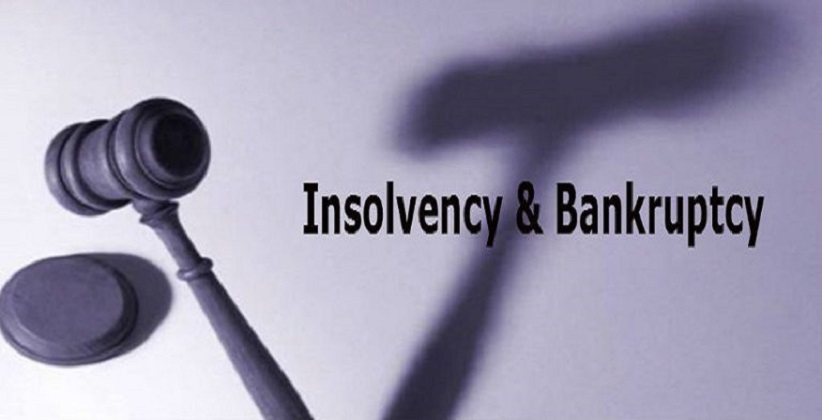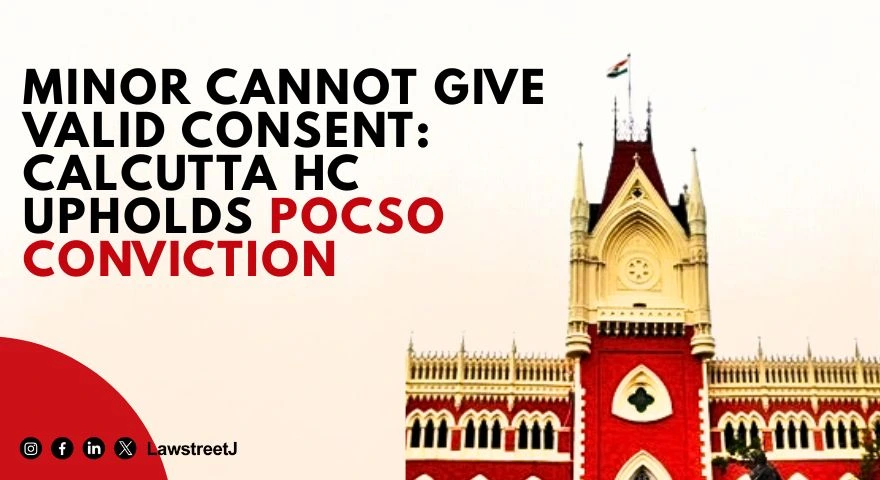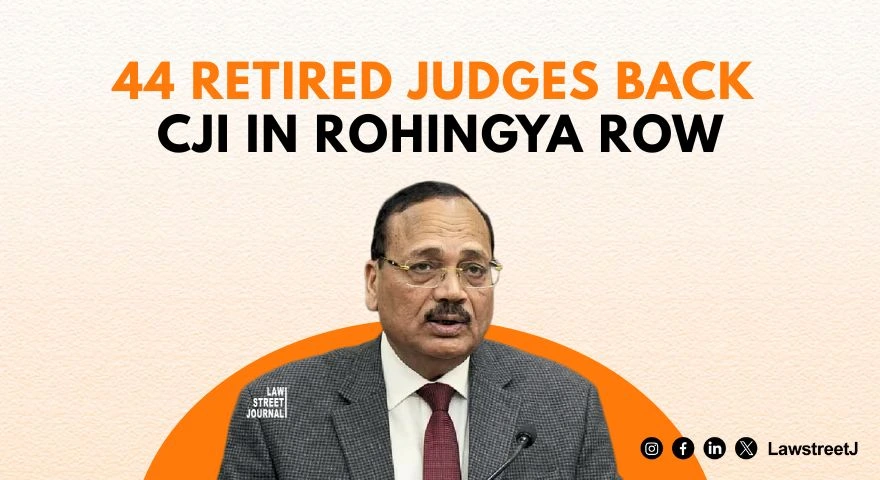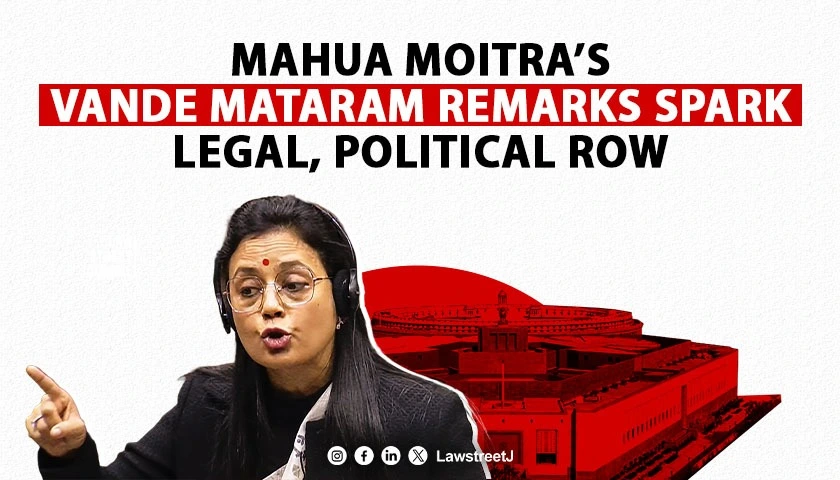The President Ram Nath Kovind on Wednesday (June 6th, 2018) gave his assent to promulgate the Insolvency and Bankruptcy Code (Amendment) Ordinance, 2018.
The Ordinance provides significant relief to home buyers by recognizing their status as financial creditors. This would give them due representation in the Committee of Creditors and make them an integral part of the decision making process. Moreover, it will also enable home buyers to invoke Section 7 of the Insolvency and Bankruptcy Code (IBC), 2016 against errant developers.
Benefits for Micro, Small and Medium Sector Enterprises
Taking note of the importance of MSME sector in terms of employment generation and economic growth, the Ordinance empowers the Government to provide them with a special dispensation under the Code.
The benefit it provides is that it does not disqualify the promoter to bid for his enterprise undergoing Corporate Insolvency Resolution Process (CIRP) provided he is not a willful defaulter and does not attract other disqualifications not related to default.
Strict procedure for withdrawal of the case
The Ordinance provides for a strict procedure if an applicant wants to withdraw a case after its admission under IBC 2016. Such withdrawal would only be permissible with the approval of the Committee of Creditors with 90 percent of the voting share. Moreover, withdrawal of the case will only be permissible before publication of notice inviting Expressions of Interest (EoI).
Dropping down voting threshold
With a view to encouraging resolution as opposed to liquidation, the voting threshold has been brought down to 66 percent from 75 percent for all major decisions such as approval of resolution plan, extension of CIRP period, etc. Further, in order to facilitate the corporate debtor to continue as a going concern during the CIRP, the voting threshold for routine decisions has been reduced to 51%.
The Ordinance also provides for a mechanism to allow participation of security holders, deposit holders and all other classes of financial creditors that exceed a certain number, in meetings of the Committee of Creditors, through the authorized representation.
Fine tuning of Section 29(A)
The existing Section 29(A) of the IBC, 2016 has also been fine-tuned to exempt pure play financial entities from being disqualified on account of NPA (Non-Performing Asset). Similarly, a resolution application holding an NPA by virtue of acquiring it in the past under the IBC, 2016, has been provided with a three-year cooling-off period, from the date of such acquisition. In other words, such NPA shall not disqualify the resolution application during the currency of the three-year grace period.
Taking into account the wide range of disqualifications contained in Section 29(A) of the Code, the Ordinance provides that the Resolution Applicant shall submit an affidavit certifying its eligibility to bid. This places the primary onus on the resolution applicant to certify its eligibility.
Some other changes
Other changes brought through the Ordinance includes:
- Non-applicability of moratorium period to enforcement of guarantee;
- Introducing the requirement of special resolution for corporate debtors to themselves trigger insolvency resolution under the Code;
- Liberalizing terms and conditions of interim finance to facilitate financing of corporate debtor during CIRP period;
- Giving the IBBI a specific development role along with powers to levy fee in respect of services rendered.









